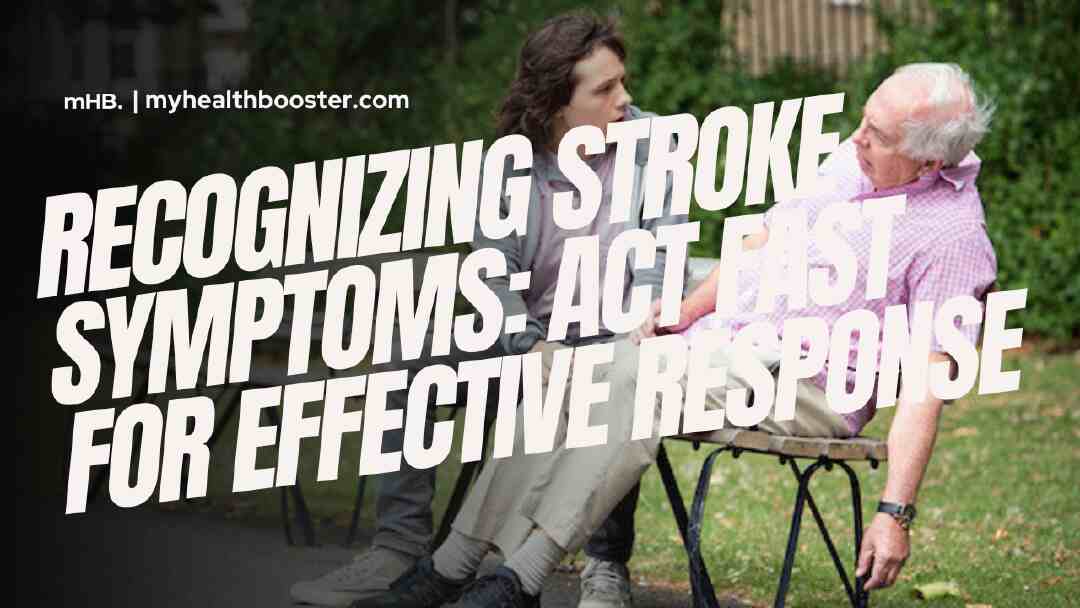Time is of the essence during a stroke! Swift action can mitigate the brain damage that strokes can inflict. Familiarizing yourself with stroke signs and symptoms empowers you to respond promptly and potentially save a life, perhaps even your own.
Understanding Stroke Signs:
Both men and women may exhibit the following sudden signs of stroke:
- Numbness or weakness, particularly on one side of the face, arm, or leg.
- Confusion, difficulty speaking, or trouble comprehending speech.
- Vision impairment in one or both eyes.
- Dizziness, difficulty walking, loss of balance, or lack of coordination.
- Sudden, severe headache without an identifiable cause.
Contact 9-1-1 immediately if you or someone else experiences any of these symptoms.
Act F.A.S.T. for Swift Identification:
Act F.A.S.T. to expedite treatment for stroke patients. The most effective stroke treatments are viable within 3 hours of initial symptoms.
Failure to reach the hospital promptly may render patients ineligible for these treatments.
In case of suspected stroke, perform the F.A.S.T. test:
F—Face: Request a smile. Does one side of the face droop?
A—Arms: Ask for both arms to be raised. Does one arm drift downward?
S—Speech: Have the person repeat a simple phrase. Is speech slurred or unusual?
T—Time: If any of these signs manifest, dial 9-1-1 immediately.
Note the symptom onset time; this detail assists healthcare professionals in determining optimal treatment.
Seek Immediate Medical Attention for a Transient Ischemic Attack (TIA): Transient Ischemic Attacks (TIAs), colloquially referred to as “mini-strokes,” may cause brief symptoms that vanish after a few minutes. Despite their brevity, TIAs indicate a serious underlying condition requiring medical intervention.
Sadly, because TIAs resolve quickly, they are often dismissed. However, addressing a TIA can be life-saving. If you suspect a TIA in yourself or someone else, promptly inform a healthcare team of the symptoms.
Conclusion
Remember, swift action is the key to minimizing the impact of strokes and related conditions. Taking stroke symptoms seriously and seeking immediate medical attention can make a crucial difference in preserving health and well-being.
